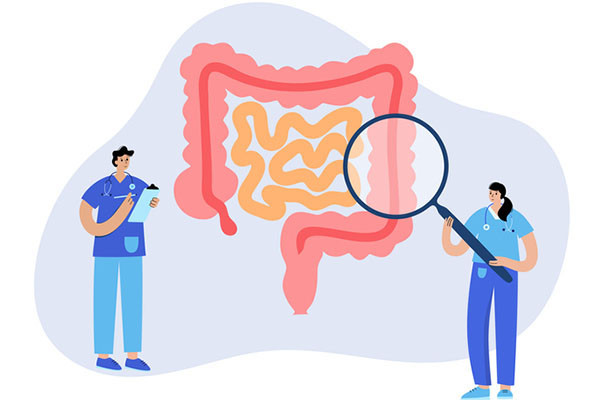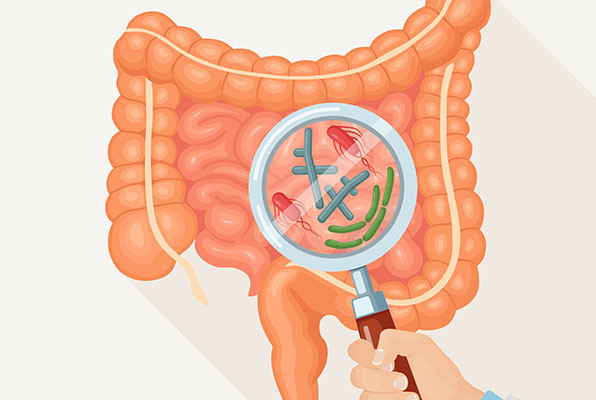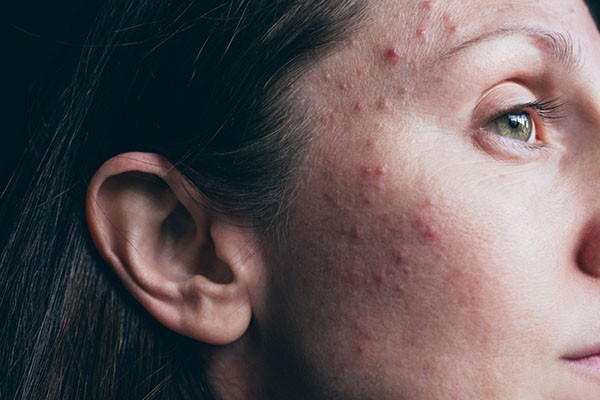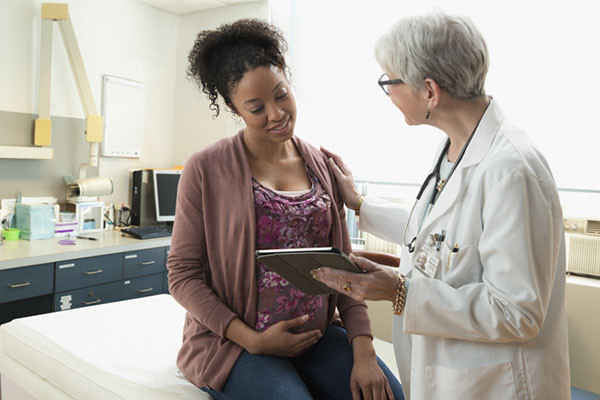
Colorectal cancer (CRC) is the second leading cause of cancer deaths in the United States, and rates are rising, particularly in adults ages 20 to 49. Unfortunately, approximately 30% of eligible people in the US still have not been screened for CRC.
Colon cancer may be prevented with screening tests that look for cancer or precancerous growths called colon polyps.
When should you start screening?
The United States Preventative Services Task Force recommends starting screening for CRC at age 45 for average-risk patients. These guidelines reflect the most up-to-date research on when risk for colon cancer begins to increase.
Average-risk patients are those with no personal or family history of colon cancer or a genetic condition that increases the risk of developing CRC. For this reason, it is important for patients to share their family history, including all cancer diagnoses in blood relatives, with their primary care doctor, who can help decide the right time to begin colon cancer screening.
High-risk patients are advised to begin screening before age 45. A primary care physician can help determine when and how a patient who is concerned about their risk level should be screened for CRC. Patients who have a history of CRC or polyps; a first-degree family member with CRC or advanced polyps (those that would have gone on to become CRC if they had not been removed); a family history of certain genetic syndromes; or a history of inflammatory bowel disease (like Crohn’s disease or ulcerative colitis) are some examples of high-risk factors.
What are the options for CRC screening?
Colonoscopy: Colonoscopy is the gold standard of screening tests, and identifies approximately 95% of CRC. It is also the only method that allows a gastroenterologist to both detect and remove potentially precancerous colon polyps. Colonoscopies are considered low-risk procedures, but they do have a small risk of bleeding and perforation that increases in older age groups.
Patients need to clean out their colon prior to the procedure by drinking a colonoscopy prep, which washes stool out of the colon so that it can be properly assessed during the procedure. The prescription instructions for the prep are provided by the gastroenterologist’s office.
In most cases, the procedure will be performed under sedation to ensure the patient is as comfortable as possible. It is important to note that patients are not placed under general anesthesia, but most remain sleepy and comfortable throughout their colonoscopy.
During the colonoscopy, a gastroenterologist will insert a flexible tube with a camera at the end, called a colonoscope, into the rectum. The entire colon is then carefully examined. If no polyps are detected and the preparation (cleanout) of the colon is adequate, a repeat a colonoscopy is suggested in 10 years. If polyps are detected, or the patient’s risk level or symptoms change, this interval will be shorter.
FIT testing: The fecal immunochemical test (FIT) is a lab test that looks for hidden blood in the stool. Patients use a kit to collect their stool and then use a probe to scrape the stool, which is then placed into a tube and mailed to the lab. FIT testing is repeated every year. A drawback of FIT testing is that it has a false positive rate of approximately 5%. It can effectively rule out CRC with 79% accuracy. FIT testing is noninvasive, convenient, and cost-effective, making it an acceptable alternative to a colonoscopy for many people. If a stool test is positive, a colonoscopy is needed to evaluate the reason for the positive test.
Flexible sigmoidoscopy: A flexible tube with a camera is used to look at the rectum and the lower part of the colon. The advantages of this procedure are that it is faster than a colonoscopy (only 5 to 15 minutes) and requires less aggressive laxative medications. Typically, patients receive a flexible sigmoidoscopy every five years if no polyps are detected. As this test does not examine the whole colon, it cannot detect cancers or polyps in the unexamined portion. At best, it can detect 70% of cancers and polyps. If an abnormality is detected, a follow-up colonoscopy is needed to look at the entire colon.
CT colonography: A CT scan is used to visualize your rectum and entire colon. Just like with a colonoscopy, patients need to take laxative medications the night before to empty the colon. A small tube is placed in the rectum to expand the colon to get clear pictures. This test may be useful for patients who cannot tolerate anesthesia or have other medical conditions that prevent them from having a colonoscopy. A drawback of CT colonography is radiation exposure, and finding unrelated abnormalities outside the colon that can lead to unnecessary tests. While CT colonography is about 88.7% accurate at finding certain polyps, it is less accurate than colonoscopy overall. If the CT colonography result is abnormal, a colonoscopy is required for full evaluation of the colon.
Cologuard: This is a test where patients collect their stool, scrape it with a probe, insert it into a container with preservative, and mail it to the lab. This test looks for atypical DNA, or traces of blood in the collected stool that may be suggestive of precancerous polyps or CRC. Typically, patients repeat the test every three years. If the Cologuard test is positive, a colonoscopy is necessary for further evaluation. However, Cologuard’s accuracy is still limited; 13% of the time the test indicates the patient may have cancer when they do not. In 2019, a study showed that annual FIT testing or colonoscopy may be more effective and less costly than Cologuard. Further research is ongoing to evaluate how accurate (and thus how useful) this test is at detecting CRC.
Which screening option should you choose?
The most important part of colon cancer screening is to have a screening test performed. For most patients, colonoscopy or FIT testing are the most common ways to screen for colon cancer. However, there are other options to consider if you are unable to undergo or are uncomfortable with colonoscopy or FIT testing. Ultimately, this is an important and personalized decision, and a discussion for a patient to have with their healthcare provider, so that the right test can be done at the right time.
About the Authors

Nisa Desai, MD, Contributor
Dr. Nisa Desai is a practicing hospitalist physician at Beth Israel Deaconess Medical Center, and an instructor in medicine at Harvard Medical School. She completed undergraduate education at Northwestern University, followed by medical school at the … See Full Bio View all posts by Nisa Desai, MD 
Loren Rabinowitz, MD, Contributor
Dr. Loren Rabinowitz is an instructor in medicine Beth Israel Deaconess Medical Center and Harvard Medical School, and an attending physician in the Inflammatory Bowel Disease Center at BIDMC. Her clinical research is focused on the … See Full Bio View all posts by Loren Rabinowitz, MD





























